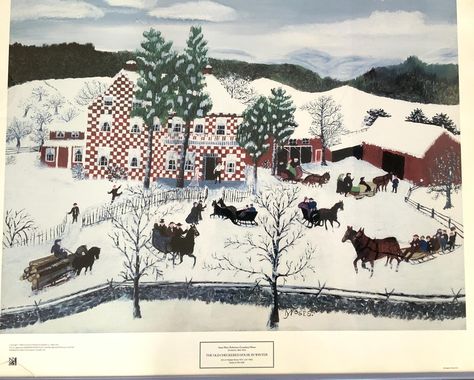This is a Tessellation Lesson using imaginary creatures.
I used this Pin for inspiration:
http://linesdotsanddoodles.blogspot.com/2012/01/tessellations-4th-grade.html
It explained the process of creating tessellation very well.
Math isn't my strong suit so it's no wonder I've never tried this before, but this process makes it easy.
Tessellation is the repeating of a shape without any negative space - everything fits together without any gaps or space in between. An example in nature is a honeycomb. I'm going to ask my students if they can think of any other examples...
Escher was a master of this Art form and I'm going to show my students this video about Escher: https://www.youtube.com/watch/?v=ERAIqVfKF5o
Start by giving your students a 3" X 3" square, if you want to use graph paper it may make it easier to get the design more exact.
Have your students draw a random shape at the top or bottom - not both, just one or the other.
Then another shape on the right or left side.
I used organic lines on the top one and geometric on the bottom - just to let the students know you can use both.
After they get it drawn they will cut it out and tape it onto the opposite side.
Tape the bottom to the top and the side to the opposite side as shown.
Try and get the shape exactly the opposite. If it's a little too high or low - or too much to the left or right they aren't going to fit together.
I put a few details on the shape once it was taped to turn it into a creature.
Now they should trace this onto tagboard or card stock to make a template.
They'll trace these on their paper in rows and fit them together like a puzzle.
They can move the pattern a little to make it fit better if they need to, I did.
They can trace with pencil and then go over it with sharpie or just trace with a sharpie.
Once they have all the shapes traced have them add their details.
Now it's time to paint the creatures using watercolor paint, (or markers) alternating colors.
I used complimentary colors for my examples. I'm going to review color theory before they begin to paint.
They should do all of one color and then let it dry a little before starting the other color so the colors don't bleed together.
I think the kids will really have fun with this! All students can feel successful because it doesn't require any drawing expertise, but they do need to pay attention to detail and draw their shapes very carefully so they fit together.
4th Grade Student Work
















No comments:
Post a Comment
Note: Only a member of this blog may post a comment.